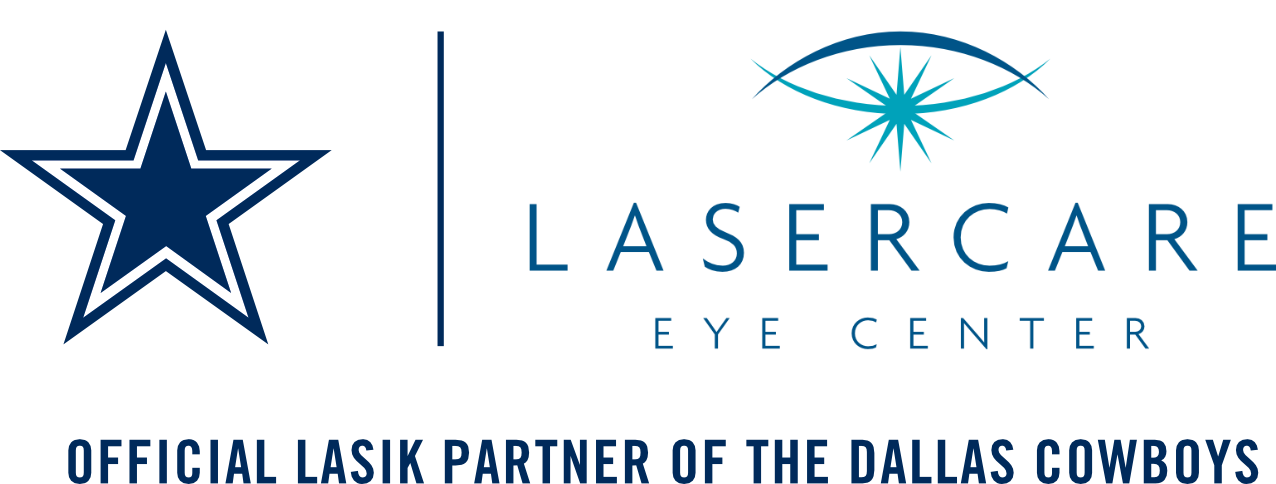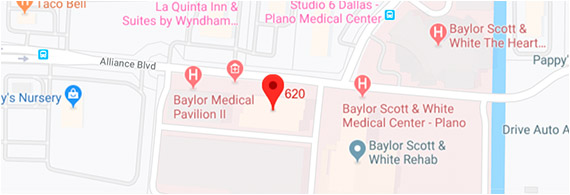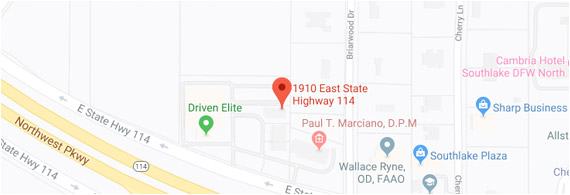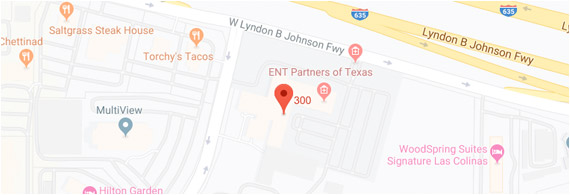RLE FAQ
Refractive Lens exchange is the application of technologies that are used routinely for older cataract patients and applying their use in patients over 48 who are tired of dealing with glasses and contact lenses.
If you have ever seen a 70+ year-old who sees well without glasses for near and distance, chances are they have had Cataract surgery with placement of a Multifocal lens implant.
The reason you have probably not heard about RLE is insurance:
- Insurance prefers to delay cataract surgery until the cataract reaches Insurance-Grade.
- However, the natural lens starts deteriorating at age 40 starting as Presbyopia and developing into Dysfunctional Lens syndrome.
- Most patients do not reach Insurance-Grade until over age 65.
- Insurance only pays for standard monofocal lens implants at the time of surgery. They do not cover the cost of a multifocal lens implant (that corrects vision near and far) because they consider them cosmetic.
- When a patient elects to have their cataract surgery with a multifocal lens implant, insurance only pays a small portion of the surgery.
Who is the ideal Refractive Lens Exchange patient?
An active person over age 48, who has healthy eyes and who
- is tired of trouble with their near vision.
- has been rejected for LASIK, SMILE, and PRK.
- is willing to pay for their surgery out of pocket.
What are the options for people over 40?
At age 40, we all develop Presbyopia, an age-related problem affecting near vision.
- Presbyopia usually requires reading glasses, bifocals or trifocals.
- Another alternative is Monovision LASIK, SMILE or PRK: Monovision means one eye distance and one eye near. It is a compromise and some people do not tolerate it.
- Yet another option is Refractive Lens Exchange: A fresh new way of thinking about near vision in patients over age 48.
How is Presbyopia fixed with Cataract Surgery?
- For cataract patients, we routinely perform Femtosecond laser-assisted cataract surgery with placement of a multifocal lens.
- The end result is the patient gains good distance and near vision.
- We can do the same procedure for patients without cataract. It is called Refractive Lens exchange.
How long have Multifocal Lens implants been available?
- The first multifocal lens implant to be used in Cataract surgery in the US was the ReZoom lens that was approved in 1997.
- There are currently 2 commonly used Multifocal lens implants used in the US: The Alcon ReSTOR multifocal lens (FDA approved in 2005) and the AMO Technis Multifocal lens implant (approved in 2009).
- At LaserCare Eye Center, Dr. Gicheru implanted his first ReSTOR lens in 2005.
- Since then, millions of these lenses have been implanted worldwide in Cataract Surgery patients.
- Given the great results in Cataract surgery patients, Refractive Cataract surgeons have started implanting Multifocal lens implants in patients without Insurance-Grade cataracts to help with near and distance vision.
How come my other Eye doctor has never discussed RLE?
RLE is an old surgery that has been recently re-envisioned for patients age 48-60. Because there are not many surgeons who perform it, your Eye Doctor may not have thought to discuss it.
RLE is usually performed by a type of Doctor with a special skill set: Most RLE experts are either Refractive Laser surgeons and/or Refractive Cataract surgeons. Dr. Sidney Gicheru has been both a Refraction Laser Surgeon (LASIK, SMILE, PRK) and a Refractive Cataract Surgeon since he went into practice in 2000.
What alternatives are there to Multifocal Lens implants?
We do not believe in cookie cutter options for all patients. We can guide you to the best solution for your eyes. Besides Multifocal lenses, alternative lens implants include:
- Extended Depth of Focus lenses such as the AMO Symphony lens, which is an excellent lens that gives great distance and intermediate vision. For a tall patient who rarely reads or does not mind occasional use of readers, this is a great option.
- Accommodative lenses such as Crystalens try to mimic the accommodating movement of the natural lens. We have found the ability to read at near and intermediate distance to be variable with these lenses. We currently do not offer accommodative lenses.
- Monovision with standard monofocal lenses. This requires one eye be targeted for distance and the other eye for near. This works well in patients in their early 40’s with LASIK or Contact lenses since they still retain some ability to accommodate. If an RLE is done with monofocal lens implant, there is no accommodation and thus some patients will have trouble adjusting in the difference between the eyes.
What are the risks of RLE?
The risks of RLE are almost exactly the same as the risk of Cataract surgery:
- Cataract surgery is one of the most frequently performed surgeries in the US.
- Cataract surgery is one of the surgeries with the highest success rates: 98%
- The usual risks of Cataract surgery are infection, inflammation, elevated pressure, retinal detachment, and bleeding. These are covered in greater detail at your pre-op appointment.
How much does does it cost?
- Everyone knows about LASIK and accepts it is relatively inexpensive.
- Refractive Lens Exchange is more expensive given the advanced technology lens implant, the use of a femtosecond laser and the use of an Operating room.
- We offer 0% financing for 24 months or financing with interest for a term as long as 60 months*.
- The most important things to remember are:
- Once RLE is performed you never need cataract surgery.
- If wait till Cataract surgery and elect to get a Multifocal lens, the insurance company does not pay for the Multifocal lens either way and your out of pocket cost is almost the same.
*Finance options subject to approved credit. 0% financing available with Alphaeon credit. Low monthly payments are available with Care Credit.






